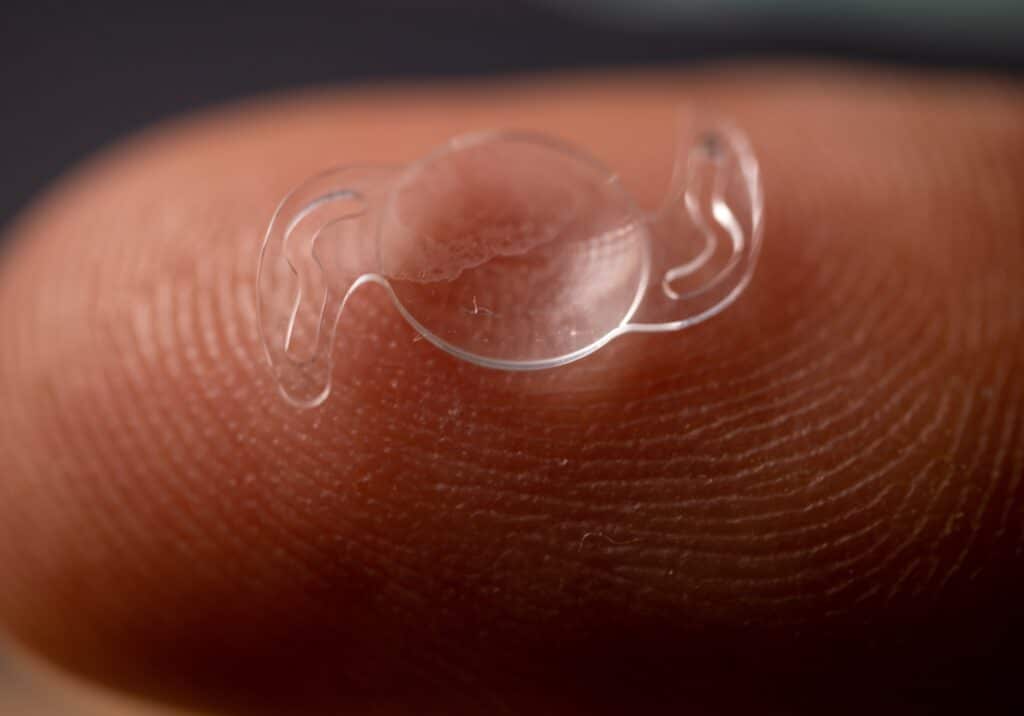Laser Eye Surgery vs. Refractive Lens Exchange: Which is Better?
July 20, 2024
When many people think of vision correction, they think of LASIK. However, you have many options for achieving vision clarity. While laser eye surgery like LASIK provides excellent results for many people, refractive lens exchange has several significant benefits. Deciding which one is right for you requires the skill and experience of your Heart of Texas Eye Care ophthalmologist.

What are Laser Eye Surgery and Refractive Lens Exchange?
Laser eye surgery is the form of vision correction most people are familiar with. Types of this procedure include LASIK, SMILE, and PRK. They all work by using a laser to reshape the cornea, the front structure of your eye that focuses light to create a clear image. The differences lie in how your eye surgeon accesses your cornea to reshape it.
Refractive lens exchange or clear lens replacement targets the lens, the other part of your eye’s focusing system. It removes the natural lens and replaces it with a vision-correcting artificial lens. This new lens will not experience aging like a natural one, and it works for some people who cannot have laser eye surgery.
Laser Eye Surgery vs. Refractive Lens Exchange: Which is Better?
The question of which procedure your eye surgeon recommends depends on many factors. Each has advantages for the right person. Your eye surgeon will consider:
Your Age
While healthy adults of any age can have both procedures, younger individuals are often better candidates for laser eye surgery. These procedures do not stop your lenses from aging over time. People over 40 may already be experiencing age-related lens changes that cannot be corrected with a laser, so they are often recommended for refractive lens exchange.
The Path to Clearer Vision Starts Here
Your Eye Health
Depending on the type of laser eye surgery, it may not be recommended for people with thin corneas or those with chronic dry eye. Laser eye surgery disrupts the corneal surface, which can affect these conditions so refractive lens exchange may be recommended for those people.
Your Goals
While both treatments provide excellent vision correction with minimal downtime, refractive lens exchange has longer-lasting results. Your new lenses can remain in place for a lifetime and will never develop cataracts. Your ophthalmologist will discuss which option can best help you see your desired results.
What is Recovery Like After Laser Eye Surgery or Refractive Lens Exchange?
Recovery after both procedures is quick and usually easy. Common effects after treatment include itching, sensitivity, and blurry vision that can last a few days. Most people can return to work within one to two days. You will need to use eye drops and protect your eyes from UV light, wind, and dusty environments for two weeks.
Staff and medical team are great! Good attitudes, good sense of humor… I’ve been a patient there for a while and they’ve been professional and courteous since day one. Highly recommended.
Take the Next Step
If you’d like to learn more about laser eye surgery or refractive lens exchange, schedule a consultation with our Heart of Texas Eye Care team, serving Dripping Springs, Austin, Kyle, Bee Cave, Marble Falls, and other surrounding areas. Contact us at (512) 213-2220 today!
*Individual results may vary
